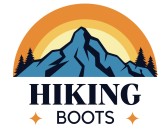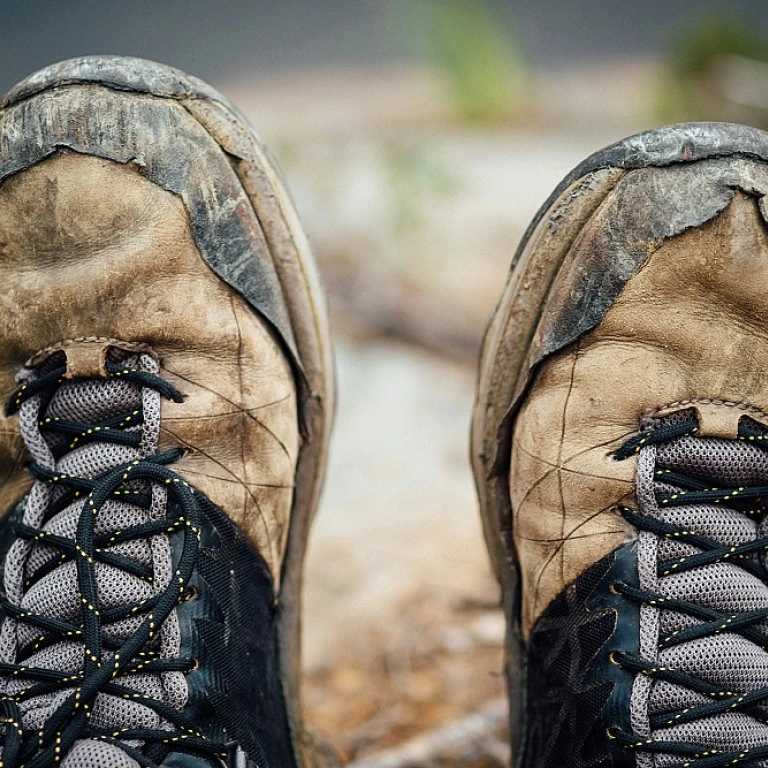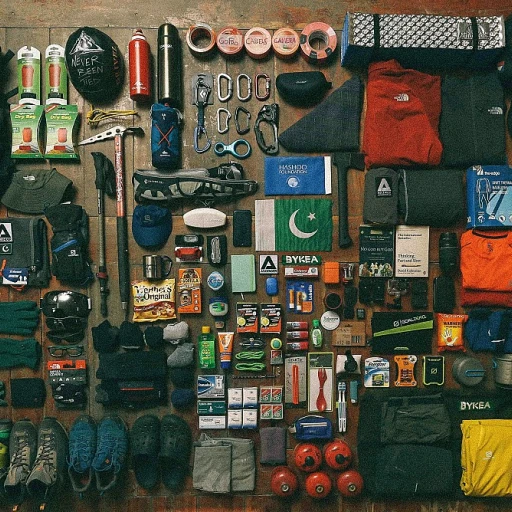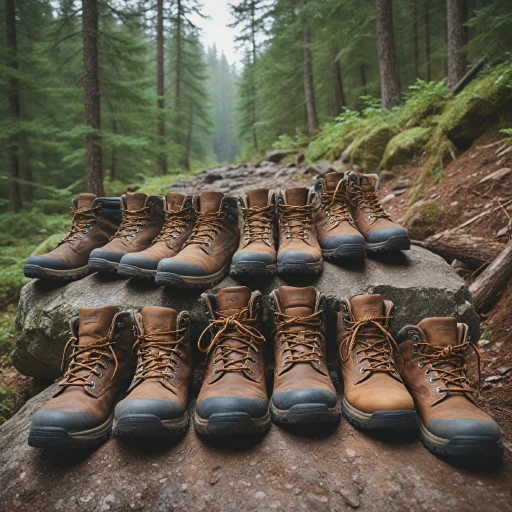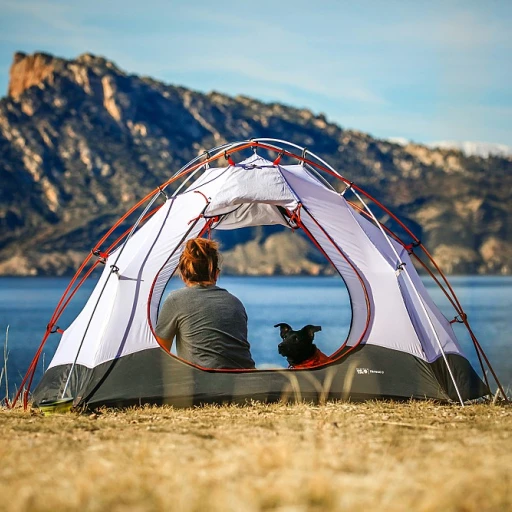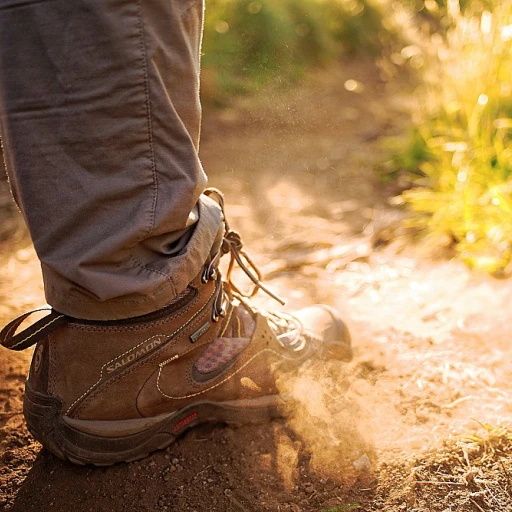
Understanding the Importance of Proper Fit
Importance of Finding the Perfect Fit
When it comes to hiking, finding the best fit for your hiking boots is crucial for ensuring both comfort and safety on the trail. An ill-fitting boot can lead to blisters, sore feet, and even injuries, transforming your hiking adventure into an ordeal. The key is to focus on several specific fit aspects, including length, width, and volume.
Proper length is essential in preventing your toes from hitting the front of the boot, especially when walking downhill. The toe box should allow ample room for your toes to wiggle, while snugly holding your foot in place. When it comes to width, ensure there is enough space across the ball of your foot to avoid unnecessary pressure.
Considering Foot Shape and Arch Support
The right fit also means considering your foot's unique shape and arch. Brands like Merrell Moab and Salomon Ultra offer a variety of styles that cater to different foot shapes. Additionally, effective support is critical, with particular focus on the arch and ankle areas. Hiking boots with good ankle support, like the Scarpa Rush, can prevent twists and strains by stabilizing the foot.
Moreover, testing multiple brands and styles is a prudent approach. Whether you're considering a mid GTX model or a pair with gore tex linings for waterproofing, wearing the boots at home before hitting the trail will help acclimate your feet and determine if any adjustments are needed.
Price vs Comfort
Finally, the price can be a significant factor in your selection process. While high-end models provide advanced features like nubuck leather uppers and specialized lacing systems, ensuring the mid waterproof boots are comfortable and meet your needs should take precedence over price. Always remember that a proper fit is the first step to a pleasant hiking experience, leading to fewer worries and more time enjoying nature.
Materials and Construction: What to Look For
Key Considerations for Materials and Construction
When selecting the best hiking boots for women, understanding the materials and construction can significantly enhance your hiking experience. Different materials can greatly impact the boot's performance, durability, and comfort. Here’s a look at what to keep in mind:
- Leather Options: Many hiking boots use leather, prized for durability and water resistance. Options like nubuck leather offer flexibility while maintaining robustness.
- Synthetic Materials: Boots constructed with synthetic fabrics can offer lightweight alternatives. They are often more breathable yet may not provide the same level of water resistance as leather.
- Waterproof Technologies: Consider boots featuring Gore-Tex (GTX) membranes or waterproof materials. Mid waterproof designs such as Merrell Moab or Moab Mid are renowned for their capability to keep feet dry while maintaining breathability.
- Structural Support: Look for boots with strong uppers and reinforced toe boxes for added protection. An effective lacing system ensures a secure fit, enhancing both ankle support and general comfort.
With various options available, it is essential to weigh your personal preferences, planned trails, and potential weather conditions. For guidance on exploring the lightest trekking shoes for your next adventure, be sure to check additional resources.
Traction and Support: Key Features to Consider
Essential Traction and Support Elements
When selecting your hiking boots, focusing on traction and support can significantly enhance your overall hiking experience. The right combination of these features not only ensures your safety on various trails but also adds to your comfort and confidence.
Traction Matters: Traction is crucial in maintaining stability and preventing slips on slippery or uneven paths. Look for boots with a solid outsole pattern. Vibram soles, for instance, are popular for providing the grip you need. For wet conditions, such as in waterproof boots, deep lugs help in shedding mud and maintaining traction.
Support for Hills and Valleys: When tackling rugged terrains, ankle support in your hiking boot is indispensable. Mid-height boots with a secure ankle collar can prevent unwanted twists, providing essential stability. This support is vital especially when carrying a backpack on a steep trail. Many hikers appreciate the blend of flexibility and stability found in models like the Salomon Ultra or the Scarpa Rush.
Balancing Comfort and Support: The best support doesn't mean sacrificing comfort. A well-designed lacing system ensures that your hiking boots fit snugly without being too tight, which is crucial for long hikes. Also, consider the toe box design. Ensure it's roomy enough to prevent blisters, particularly on downhill stretches.
Material Influence: The boot’s upper material has its role in support. For instance, nubuck leather offers durability and support, whereas the Merrell Moab series often uses airy mesh for breathability paired with gore-tex for waterproofing.
Choosing the right boots is integral to a satisfying hiking experience. Be sure to pair them with appropriate garments for added comfort on the trails.
Weather and Terrain: Choosing Boots for Specific Environments
Navigating Various Climates and Terrains
When selecting hiking boots, understanding how different weather conditions and terrains can affect your footwear choice is crucial. Here’s a breakdown of what to consider:- Wet and Damp Conditions: Waterproof hiking boots, such as those with a Gore Tex lining, are essential to keep your feet dry and comfortable. Models like the Merrell Moab or Scarpa Rush often feature this protection, ensuring moisture doesn’t seep into the shoe.
- Dry and Rocky Terrains: For harsher ground surfaces, a boot with good ankle support and a robust toe box will prevent injury and enhance stability. Consider shoes with a sturdy leather upper or nubuck leather construction for added durability.
- Winter Hikes: Insulated boots are best for colder environments. Ensure the lacing system allows for secure fastening even when wearing thicker socks, providing both warmth and comfort.
- Hilly and Unstable Trails: In these situations, mid waterproof options like the Salomon Ultra offer an ideal balance between flexibility and support, particularly with a reinforced sole to tackle uneven surfaces confidently.
